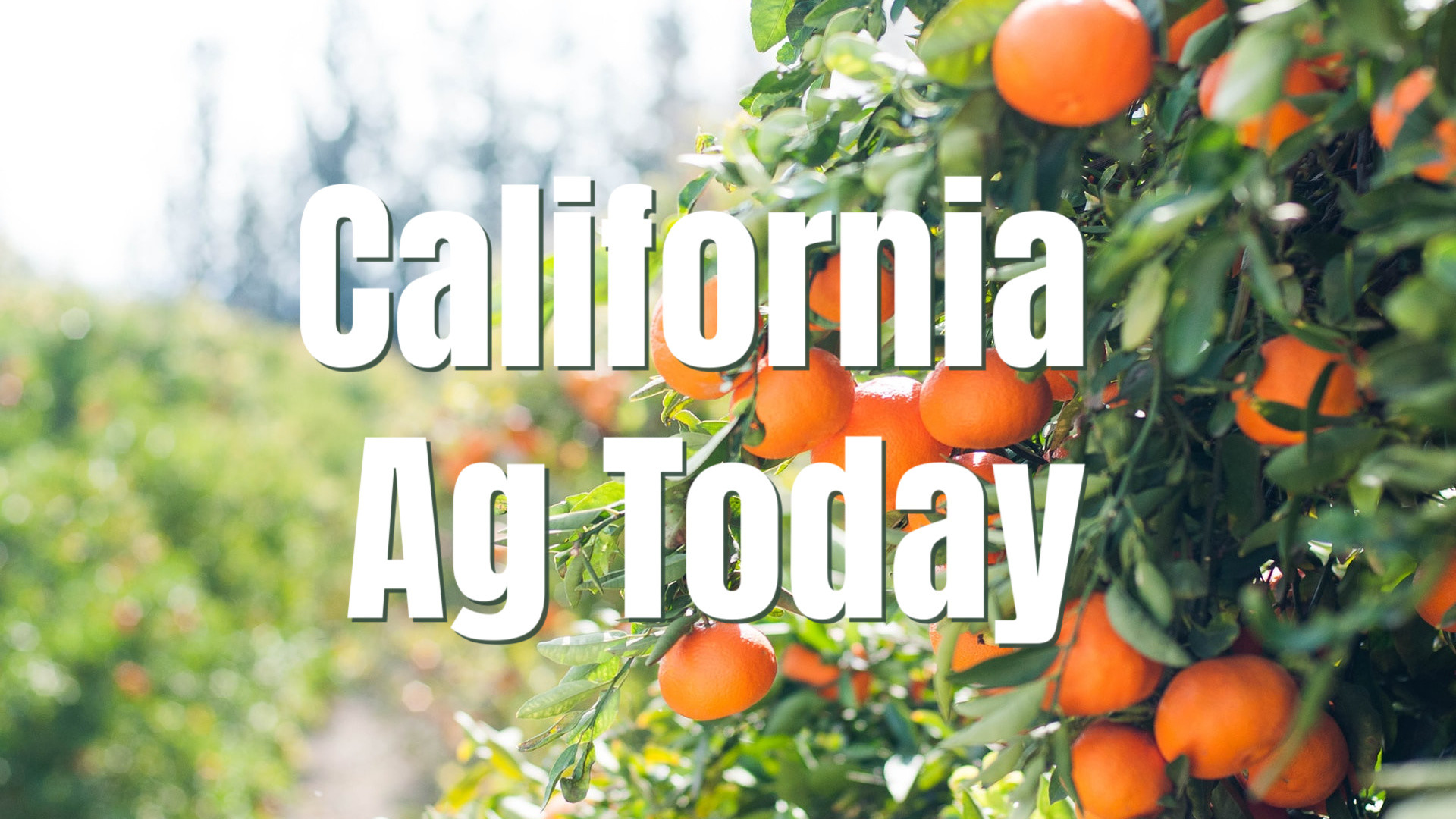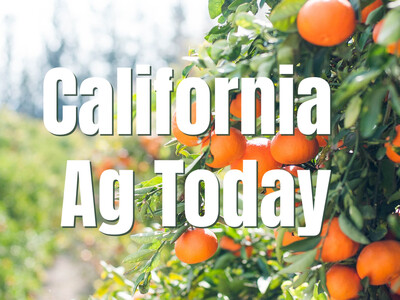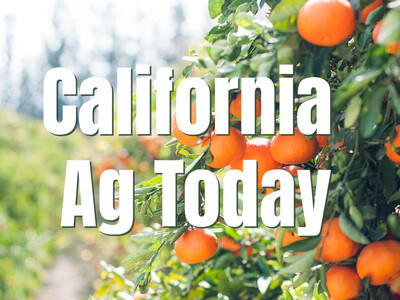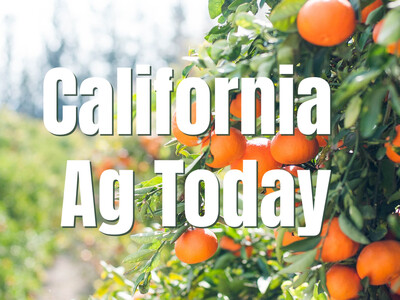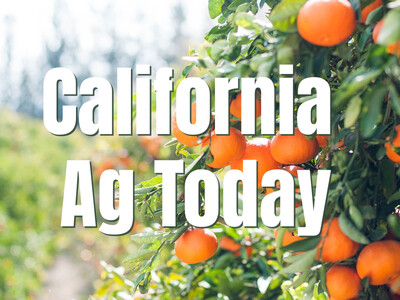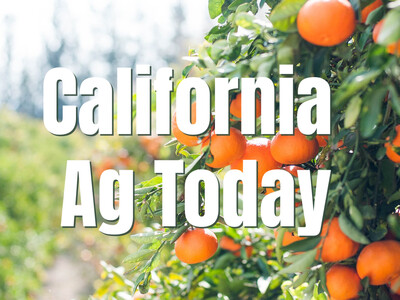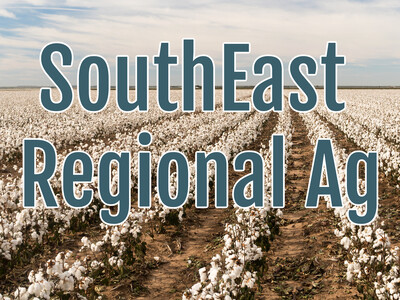Economics of Cover Crops

Tim Hammerich
News Reporter
California leads the nation agriculturally in many things. Adoption of cover crops, however, is not one of them. There are likely a number of barriers to the widespread adoption of cover crops in California - not least of which is our climate and specialty cropping systems. However, researchers are performing a cost-benefit analysis of cover crops in two California crops: tomatoes and almonds. Ellen Bruno is one of those researchers.
Bruno… “We did tomatoes and almonds, because those are two of the top ten crops in California, one an annual crop, and one a perennial crop to try to get some diversity there. So we just tried to put numbers on the different costs and benefit components for sort of a typical operation. Acknowledging that, you know, the cost and benefits of cover cropping are very site specific, but we wanted to try to get average numbers for the different components.”
Bruno says they found time horizon to have the largest impact on whether or not cover crops would pay off. 30 years in almonds seemed to provide great benefits, while a 10-year time horizon in tomatoes still left the costs outweighing the benefits. Because actual returns will vary from field to field, the team also created a calculator.
Bruno… “An interactive calculator, where you can actually go in and sort of mess with all the values so that you can get it to reflect your operation. And come up with a benefit cost ratio that might more accurately reflect your operation to try to help inform this adoption decision.”


